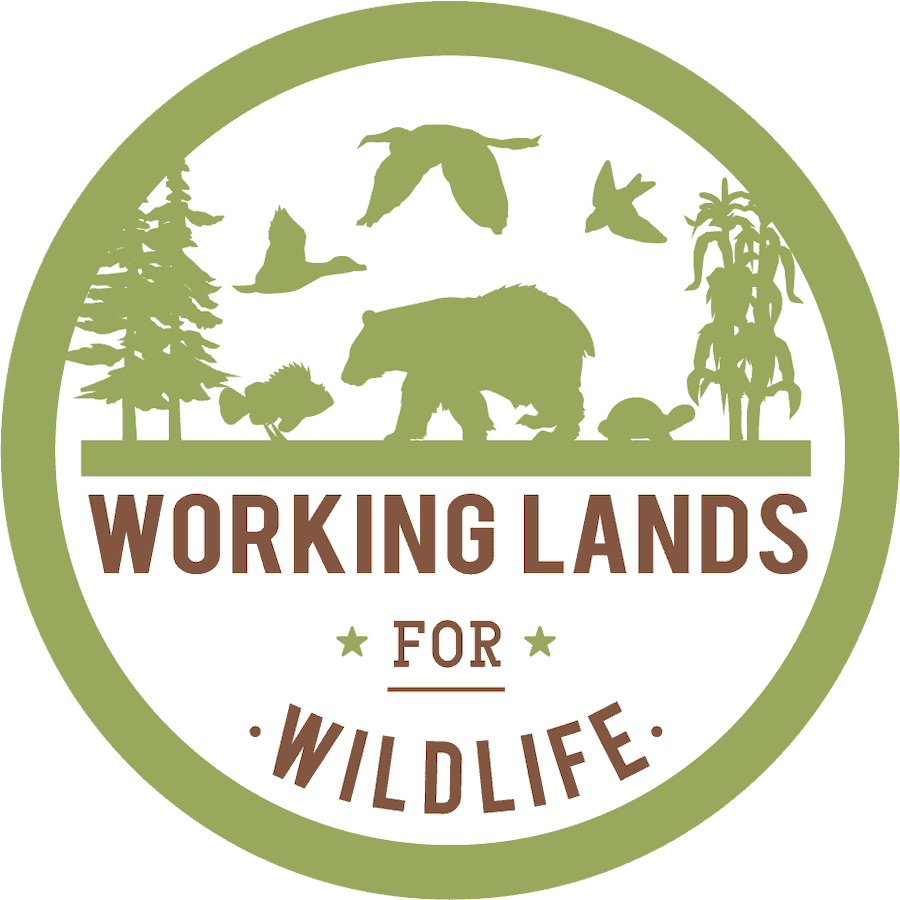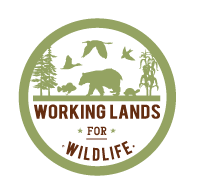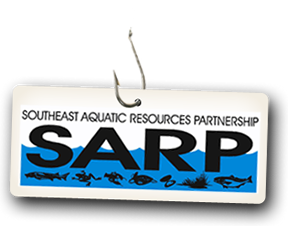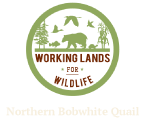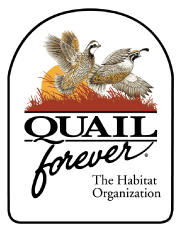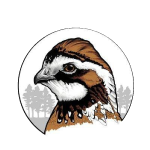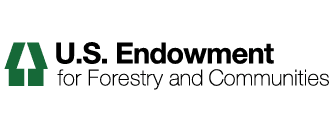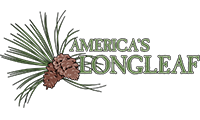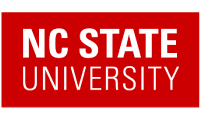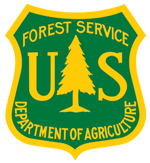NRCS Conservation Practices and Materials
Join the Bobwhite in Hardwood Forested Systems Webinar!
Join us February 13th at 11:30 AM CST for a webinar on Bobwhite in Hardwood Forested Systems. We will be joined by John Gruchy of the Mississippi Department of Wildlife, Fisheries and Parks.
WLFW West Newsletter December 2024
Unique and Threatened Species Gets Big Boost from Conservation | Fresh Podcasts | WLFW on Instagram
SE FireMap Fact Sheet
This document highlights the overall SE FireMap initiative – offering a technical summary of the project’s background, development process, timeline, and objectives.
Hellbender Proposed for Endangered Species Act Protection: A Call to Action for Aquatic Conservation
The U.S. Fish and Wildlife Service (USFWS) has proposed to protect the Eastern Hellbender (Cryptobranchus alleganiensis) as endangered under the Endangered Species Act. This proposal addresses the dramatic decline in Hellbender populations due to habitat loss, water pollution, and other factors. The proposal builds on years of collaborative conservation work and scientific study, highlighting the need to safeguard this species to maintain the health of freshwater ecosystems. This proposed rule would extend protection to hellbenders across their range, from New York to Georgia.
Aquatic Connectivity Framework (ACF) Fact Sheet
The Aquatic Connectivity Framework (ACF) is a WLFW partnership effort that brings together public and private partners to tackle critical threats to watersheds across 16 states in the eastern and central U.S.
Kenai Peninsula Salmon
Salmon are anadromous, which means they divide their lives between freshwater and the ocean. This annual return of salmon to freshwater is economically and culturally important to Alaska.
Hawaiian Nene
The official bird of Hawaii, the nene is found in the wild on the islands of Oahu, Maui, Kauai, Molokai and Hawaii.
Golden-Winged Warbler
The Golden-Winged Warbler Partner website was funded for NRCS and its partners to collaborate in support of private landowners to implement Working Lands for Wildlife partnership
American Black Duck
The American Black Duck Partner Website was funded for NRCS and its partners to collaborate in support of private landowners to implement the Working Lands for Wildlife partnership.
Northeast Turtles
To help reverse the decline of these turtles, NRCS is working with private landowners in the Northeast to increase available high-quality habitat to support these species’ recovery through land protection as well as restoration and enhancement of habitat
Blanding's Turtle
To help reverse the decline of these turtles, NRCS is working with private landowners in Illinois, Indiana, Ohio and Michigan to increase available high-quality habitat to support these species’ recovery through land protection as well as restoration and enhancement of habitat.
Conasauga River Aquatic Species
The Conasauga River teems with biodiversity. The river in southern Tennessee and northern Georgia is known for its exceptional mussel, snail, crayfish and fish biodiversity.
Colorado River Mussels
With about 95 percent of Texas under private ownership, private landowners have a tremendous opportunity to help mussels and other wildlife species through conservation. NRCS is working with private landowners in the Colorado River basin in Texas to improve water quality to support the species’ recovery.
Yazoo Darter
The Yazoo darter (Etheostoma raneyi) is a small fish that is found only in two watersheds – the Little Tallahatchie and Yocona River watersheds in northern Mississippi. In recent years, Yazoo darter populations have been on the decline, largely because of poor stream health and barriers in streams. To help reverse population declines, NRCS is working with private landowners in targeted areas to increase available habitat and improve water quality to support the species’ recovery.
Shorebirds of Louisiana Wetlands
Birds like the lesser yellowlegs (Tringa flavipes), buff-breasted sandpiper (Calidris subruficollis), stilt sandpiper (Calidris himantopus) and short-billed dowitcher (Limnodromus griseus) use Louisiana’s wetlands as pit stops during their annual journeys south.
Bog Turtle
The Bog Turtle Partner Website was funded for NRCS and its partners to collaborate in support of private landowners to implement Working Lands for Wildlife partnership.
Eastern Hellbender
The Eastern Hellbender Partner Website was funded for NRCS and its partners to collaborate in support of private landowners to implement Working Lands for Wildlife partnership.
Gopher Tortoise
The gopher tortoise is the only land tortoise native to the Southeast, living in longleaf pine savannahs of Louisiana, Mississippi, Alabama, Florida, Georgia and South Carolina.
Louisiana Pine Snake
Considered to be one of the rarest snakes in North America, The Louisiana pine snake (Pituophis ruthveni) calls the lush Longleaf pine savannas of west Louisiana and east Texas home.
Monarch Butterflies
NRCS is working with America's farmers, ranchers, and forest managers on voluntary conservation efforts to combat the decline of monarchs on private lands by establishing new habitat and managing existing habitat for monarchs and pollinators.

